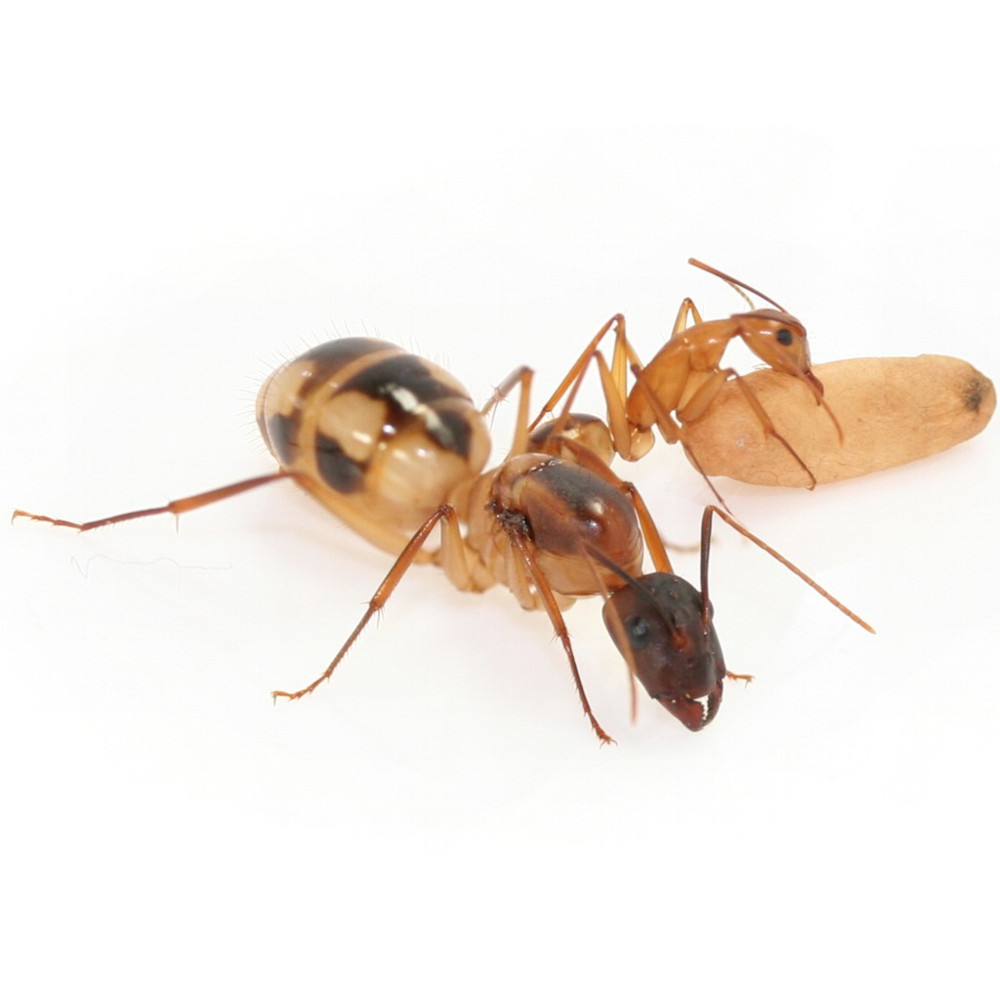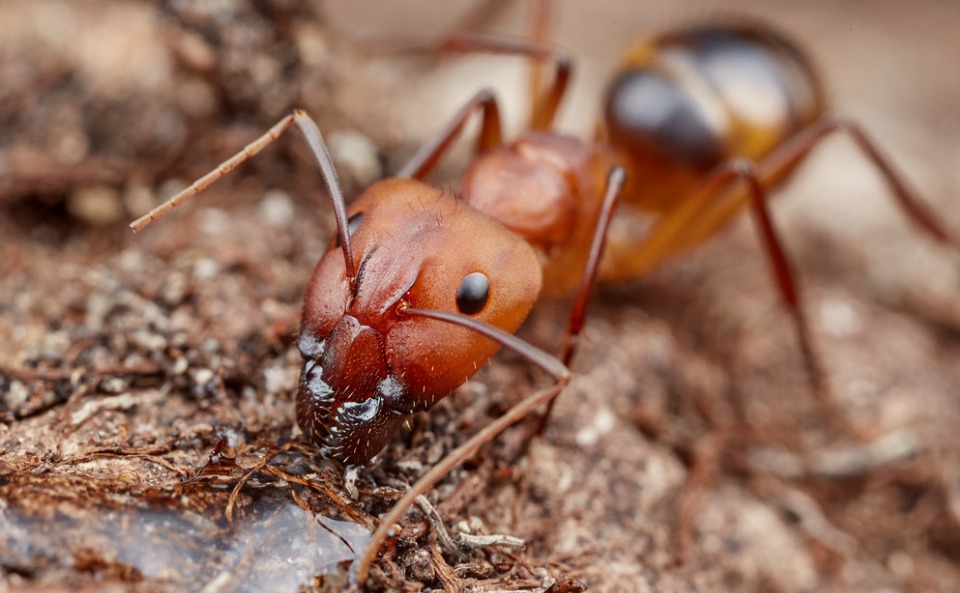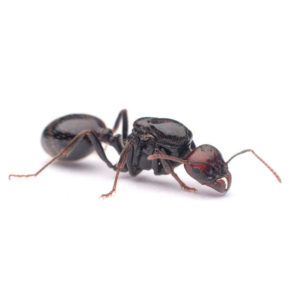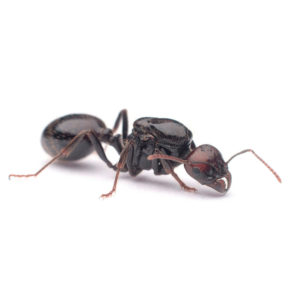Camponotus maculatus – Colony with Queen and workers
Camponotus maculatus is one of the most beautiful species, but also one of the easiest to breed. An easy-to-grow favorite from the Middle East and Africa.
Description
Camponotus maculatus benefits from the Ant Farming Charter on our Ants:
1. Breeding approved by the Veterinary Services, led by a specialist with a certificate of competence,
2. Perfect Ant Farmer's Guide offered and satin sheet provided,
3. Ants guaranteed free from parasites,
4. Health demonstrated by the laying of the queen and the presence of brood at dispatch,
5. No “boost” (adding brood or external workers to sell the colonies faster),
6. Guaranteed delivery in good health: refund partial in case of loss of workers, total in case of loss of the queen (if delivered within 48 hours),
8. Species present in Australia, non-invasive and not threatened,
9. Colony taken back and costs covered if you wish to part with it (see conditions).
________________________________________________________________________________
Camponotus maculatus is one of the finest species bred by us. Rare and native to Africa, it has a magnificent translucent yellow coloring of the workers, and black with yellow dots on the abdomen of the queen. Workers are divided into several sizes. Large major workers are very powerful and darker, providing a particularly aesthetic contrast. Workers of all sizes are capable of storing large quantities of liquid food, offering the observer a remarkable physogastria by the swelling of the abdomen which has become translucent.
The growth is fast and the activity important, it is a magnificent choice to take full advantage of myrmecology. It is accessible to beginners (drought-tolerant, easy to feed, etc.) and is admired by large breeders.
Colonies reared in France from a single gyne.
Discover a Camponotus maculatus breeding sheet in video by FeuFeu, Swiss ant breeding chain:
Info: Campontus is not listed as an invasive species, it has only 1 queen and is not very aggressive towards other species, however, its adaptability invites you to remember the obvious rules of caution (prohibition to release the ants in nature, the purchase of a colony of ants involves providing suitable equipment).
| Latin Name: | Ca mponotus maculatus | |
| Common name: | No specific name | |
| Taxonomy: | Subfamily: Formicinae Genus: Camponotini | |
| Difficulty level : | (1) Suitable for beginners | |
| Distribution: | Africa, Madagascar, Greece, Middle East | |
| Habitat: | Savannas and dry forests | |
| Monogynous: | 1 single queen per colony, sometimes a few queens tolerate each other (olygogynes) | |
| Queen : | Size: 15 – 18mm Color: Black head and stomach, yellowish thorax, dark abdomen with yellow spots. | |
| Workers: | Size: 8 – 16mm Color: Dark head, yellow thorax, black abdomen with yellow. Very light overall color. | |
| Soldiers: | No soldiers strictly speaking, but large, powerful and aggressive major workers. | |
| Males: | Size: 8 – 11mm Colour: Orange-yellow, brown, winged. | |
| Feed : | Nectar, sugar water, fresh insects, protein liquid | |
| Humidity : | Hunting area: Ambient humidity (30-50%) Nest : 1 part always very humid and 1 dry part, about half of the nest. However, a waterer seems to compensate for a dry nest (at your own risk). | |
| Temperature: | Hunting area: 18 – 30°C Nest: 24 – 28°C | |
| Hibernation: | Reduces its pace in winter. A period of 2 or 3 months at reduced temperature (about 15°C) is recommended. | |
| Type of natural nest: | Builds its nest in the ground, under stones or in dead wood. | |
| Type of artificial nest: | Any type of nest large enough, compatible with anthills Ant farming | |
| Nest size: | Chamber height of 8mm or more. Start with a nest small enough to reduce stress. | |
| Substrate: | Pre-dug nest or sand mix. | |
| Plants: | No particular interaction. Avoid the use of substrate for plants. | |
| Decoration: | Solid elements not likely to rot in the nest. | |
| Summary : | Camponotus maculatus is one of the largest species of African ants. It is very active on the surface of the nest for the search of food. She is aggressive and will defend herself against any aggression. Its activity reaches the highest level in the evening and at night. | |
| Growth : | Swarming: From March to April Foundation: claustrale (the queen founds her colony alone) but sometimes Pleometrosis (the workers accompany the queen) or adoption of the new queen by an old colony. From egg to adult: approx. 6 – 8 weeks at 27°C (Egg to larva: approx. 10 -14 days, larva to cocoon: approx. 12 -17 days, cocoon to worker: approx. 21 – 30 days). Camponotus maculatus is active mainly from April to September. The queen could live to be 29 years old. Adult colony size: Up to 10,000 workers. |
|
| Quantity on sale: | 1 queen with brood + workers according to option. |
Photos 1: Antstore, following photos: Philip Herbst
Further information
| Weight | 0.5kg |
|---|---|
| Number of workers | 1 queen + 1 to 4 workers , 1 queen + 11 to 25 workers , 1 queen + 5 to 10 workers |
| Young colony feeding area | Tube + Plexi feeding area, Tube with ants only |
You must be logged in to post a review.









Notice
There are no reviews yet.